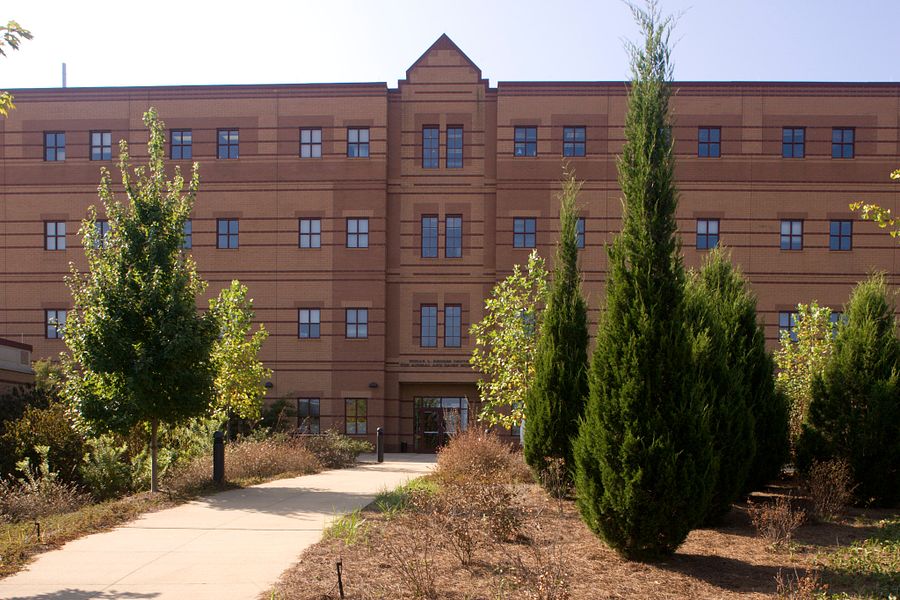By April Sorrow
University of
Georgia
Over the next few years, the UGA College of Agricultural and Environmental Sciences professor and Georgia Research Alliance eminent scholar plans to tap into the genetic diversity of wild sunflowers. In the process, he will help other genomic scholars sequence the entire sunflower genome.
“Genomics will provide resources and information useful in solving problems of agricultural and economic importance,” Knapp said. “Disease resistance, drought tolerance, seed quality, biomass yield as well as ornamental traits will be mapped.”
There are 49 native species of sunflower, and 20 of those are genetically connected to the common sunflower. “There is a vast reservoir of diversity,” Knapp said.
Worldwide, sunflowers are farmed on more than 60 million acres. Most are used for oil production and to make biodiesel. The plant could be used to produce another alternative fuel -- ethanol.
Knapp will study the silverleaf and Algodones dune sunflowers. Both are wild, desert-dwelling species. Growing as tall as 21 feet with woody stems, the plants can produce large amounts of cellulosic biomass, which can be converted into ethanol. Their small blooms smell like chocolate, too.
But taming a wild species into a domesticated crop that farmers in Georgia or other places can grow economically for fuel or other products can take time. The fastest way to do it is to understand the genes.
“First, we need to figure out where the genes are we want to keep, then we introduce them into the modern sunflower,” Knapp said.
The sunflower has 17 chromosomes, each containing approximately 2,900 genes. In total, Knapp estimated the sunflower has 40,000 to 50,000 genes. The human genome has 35,000 genes.
Each gene will be studied to determine what it controls in the plant. Each gene is kind of like a milepost on a highway, he said. Knowing where they are and what they do will help build the plant’s genetic map, or blueprint, so to speak.
“We have the cities but not the road between them,” he said. “There is still a lot we don't know."
The process of transferring genes from one plant to another isn’t easy.
“We make hybrid plants, and then cross them back to get rid of certain undesirable traits, the effects are buffered by crossing back multiple times,” Knapp said. “If the species are closely related, we can bring most traits across, but when they are not, it is more difficult.”
Cultivars from Knapp’s research, for example, can be put into private industry screening and breeding programs to determine disease resistance. Knowing ahead of time what genes control disease resistance can speed the process.
Knapp’s research is funded by multiple grants, including $1.2 million from the U.S. Department of Agriculture and the U.S. Department of Defense, $500,000 from seed companies to develop better DNA marker technology and $400,000 from the USDA Plant Genome Program. Another $600,000 in funding comes from two grants from the Binational Agriculture Research and Development Agency and the Consortium for Plant Biotechnology Research specifically to study wild species and disease resistance.
(April Sorrow is a news editor with the University of Georgia College of Agricultural and Environmental Scieces.)






